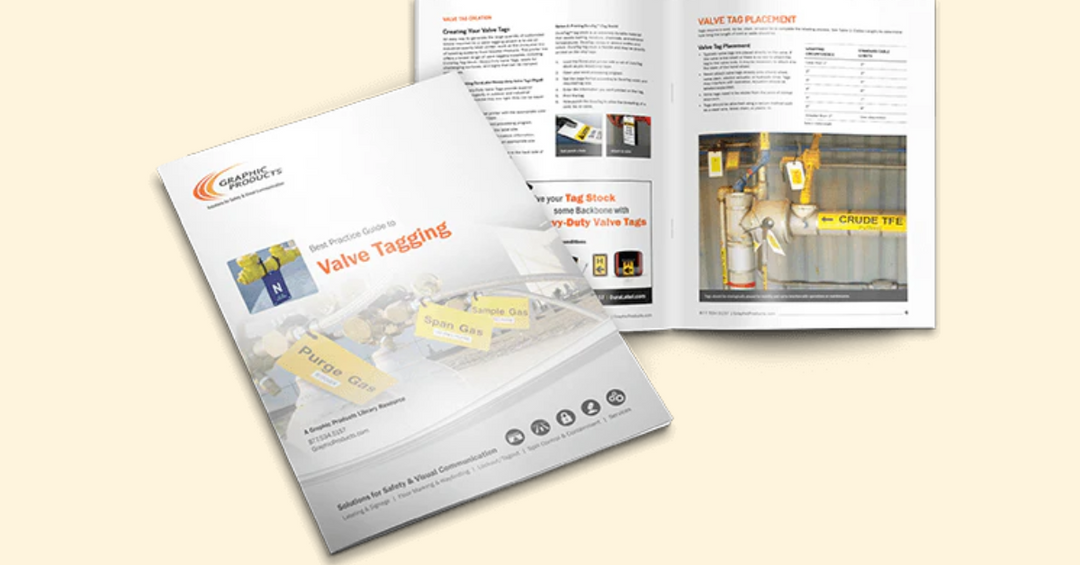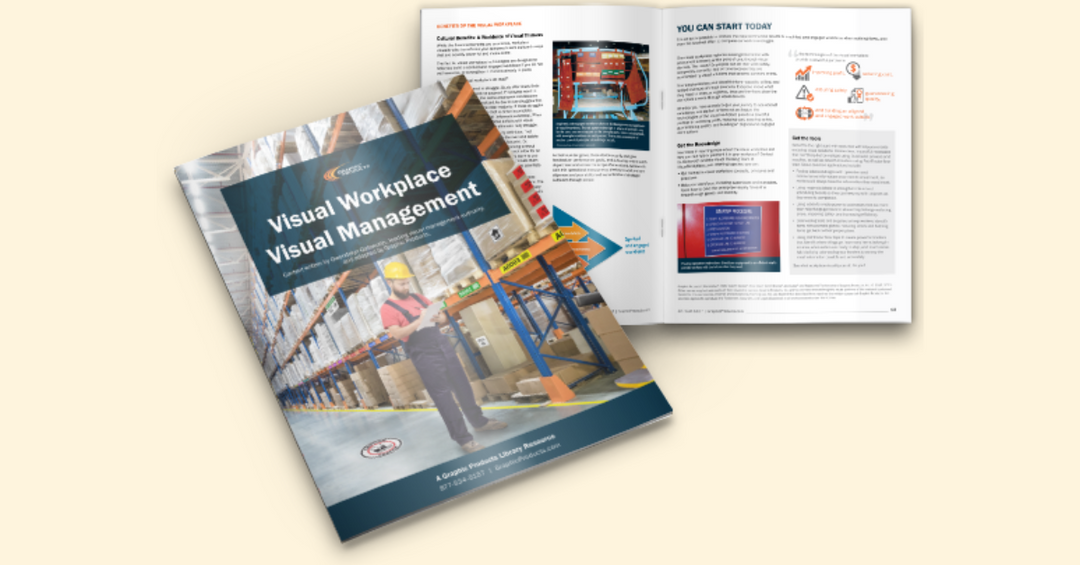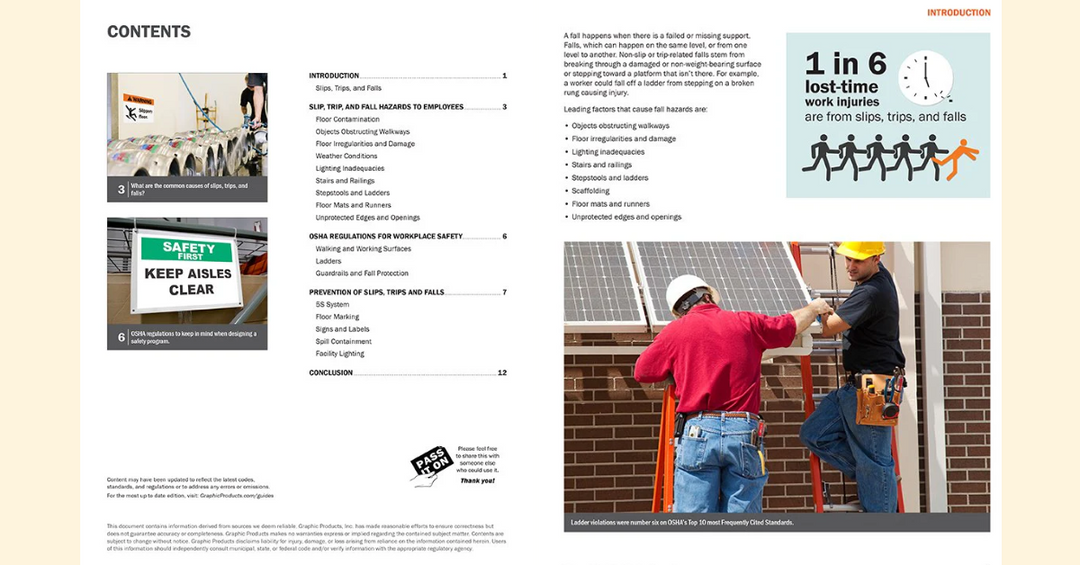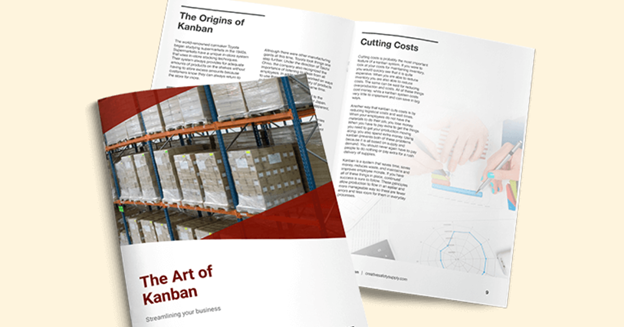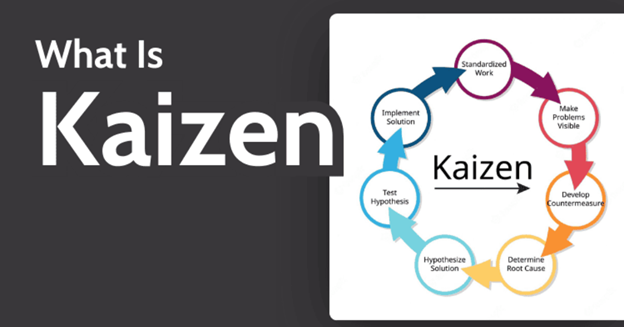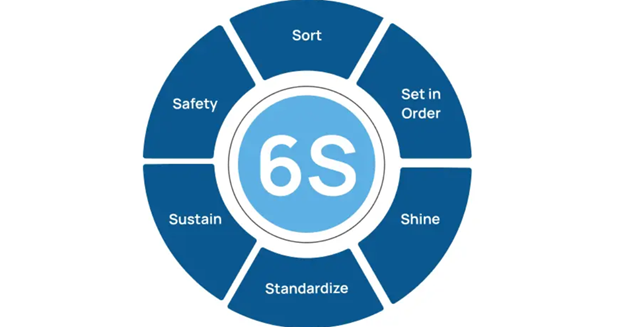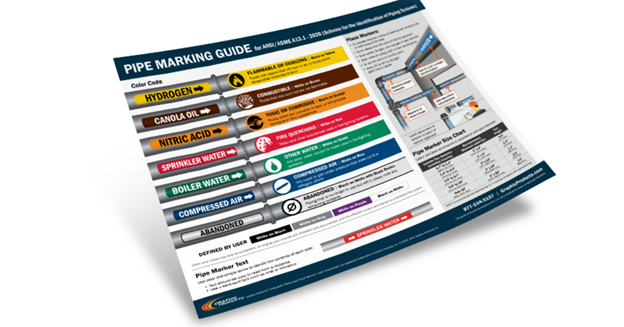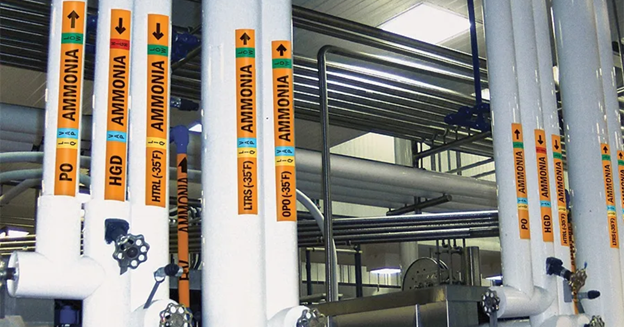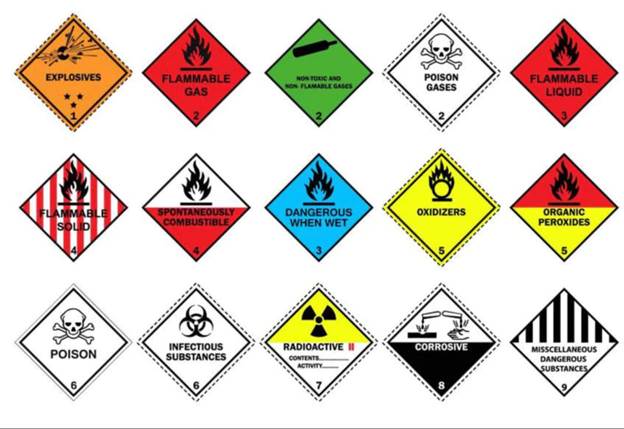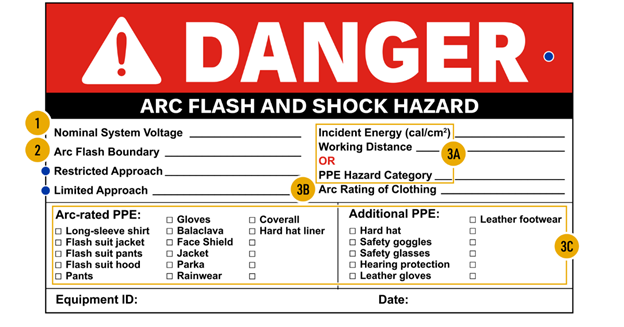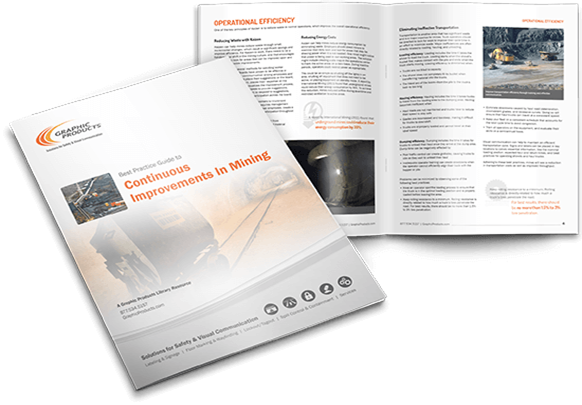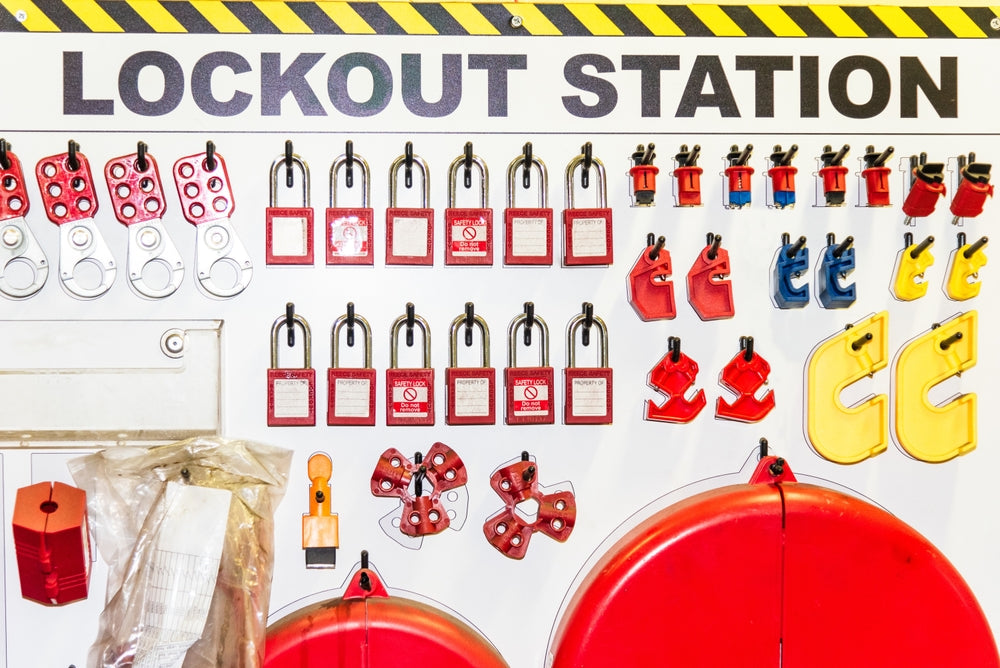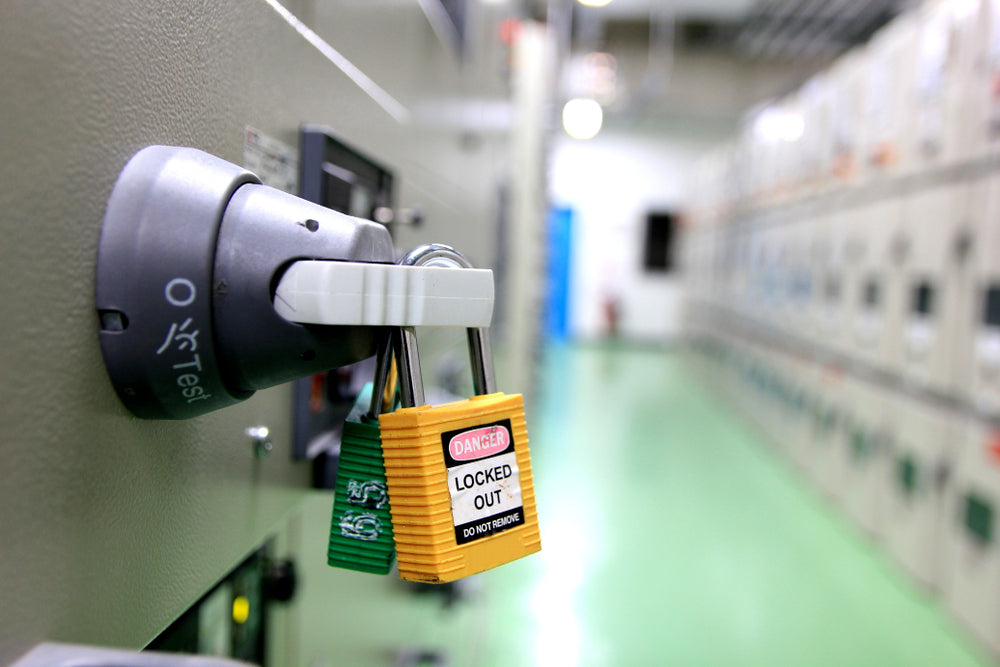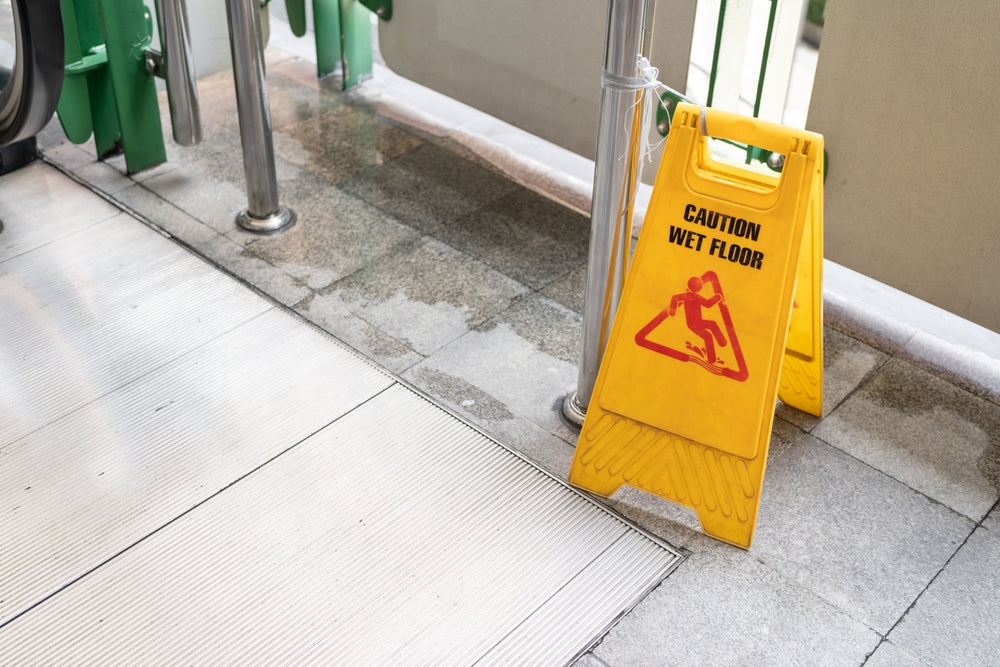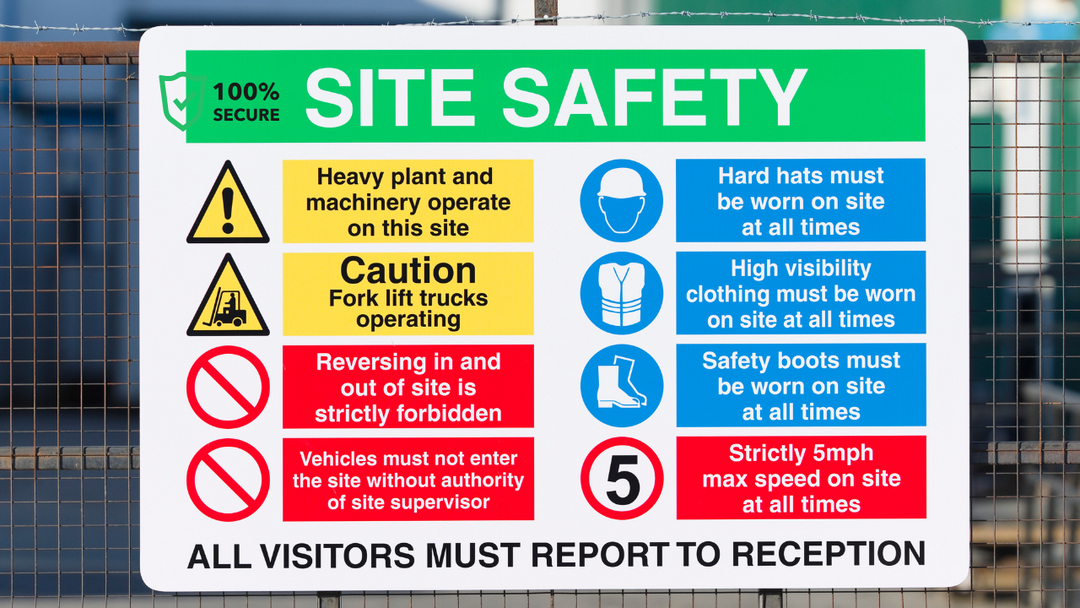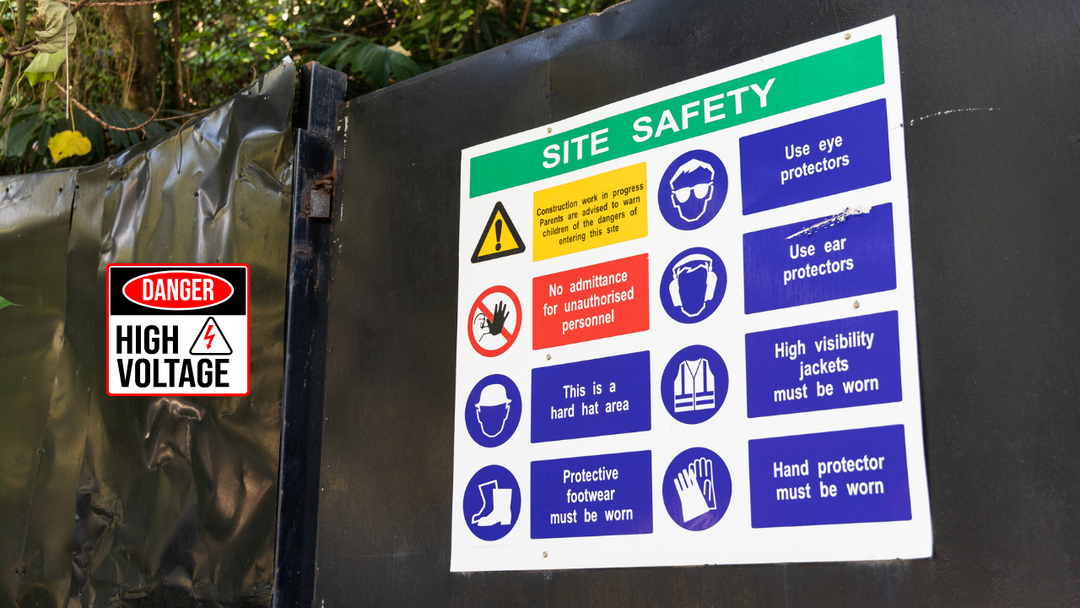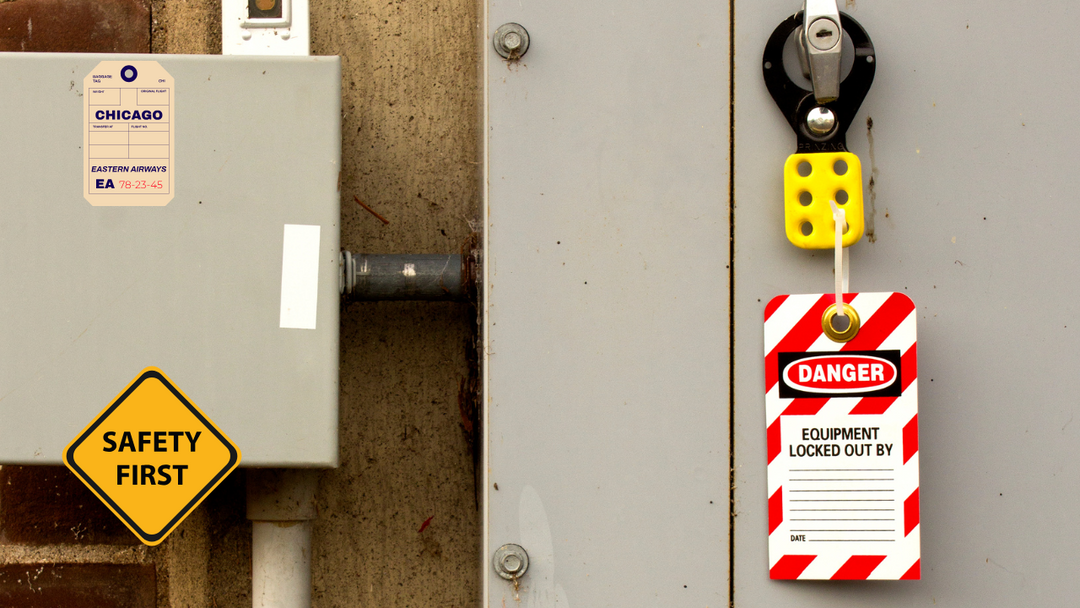Warehouse Efficiency Guide: Boost Productivity & Safety
Warehouses play a crucial role in supply chains, ensuring that products are stored, processed, and delivered on time. However, inefficiencies can lead to delays, errors, and increased operational costs. This Warehouse Efficiency Guide provides essential strategies to optimize productivity, enhance safety, and improve warehouse operations.
At Archford, we specialize in providing solutions that help businesses streamline warehouse operations, implement automation, and maintain a safe and efficient working environment.
Key Challenges in Warehouse Operations
Warehouse managers often face various challenges that impact efficiency, including:
-
Poor inventory control leading to misplaced or lost items.
-
Unoptimized workflows causing order processing delays.
-
Lack of warehouse automation, increasing manual labor and errors.
-
Safety risks that can lead to workplace injuries and downtime.
By addressing these issues, warehouses can enhance productivity, reduce costs, and improve overall operational efficiency.
Optimizing Warehouse Layout for Maximum Efficiency
A lean warehouse design focuses on minimizing waste, reducing movement, and improving workflow. Key layout optimization strategies include:
-
Placing high-demand items in easily accessible locations.
-
Creating clearly labeled storage zones to reduce search time.
-
Implementing dedicated loading and unloading zones to prevent congestion.
-
Using an efficient shelving and pallet racking system to maximize space.
A well-organized warehouse layout helps workers move efficiently, reducing unnecessary steps and speeding up order fulfillment.
Warehouse Automation: The Future of Efficiency
The integration of warehouse automation is transforming logistics operations. Advanced automation solutions include:
-
Automated storage and retrieval systems (AS/RS) for quick stock retrieval.
-
Robotic picking and sorting systems to enhance accuracy.
-
AI-powered warehouse management software (WMS) for real-time inventory tracking.
-
IoT-enabled sensors to monitor inventory levels and shipment status.
By leveraging automation, warehouses can reduce manual errors, speed up processes, and lower operational costs.
Inventory Management Tips for Increased Productivity
Effective inventory management tips help reduce waste and improve accuracy. Here are some best practices:
-
Use real-time inventory tracking to monitor stock levels.
-
Implement barcode or RFID scanning for quick and accurate updates.
-
Adopt a FIFO (First In, First Out) system to prevent expired or obsolete stock.
-
Schedule regular audits to detect discrepancies and maintain accuracy.
Optimized inventory management ensures products are available when needed, reducing delays and lost revenue.
Reducing Warehouse Downtime with Proactive Strategies
Operational disruptions can significantly impact efficiency. Reducing warehouse downtime requires:
-
Regular equipment maintenance to prevent unexpected breakdowns.
-
Cross-training employees to handle multiple roles when needed.
-
Implementing backup systems for power outages and system failures.
-
Using predictive analytics to anticipate and mitigate potential risks.
Minimizing downtime helps warehouses maintain continuous productivity and avoid costly disruptions.
Improving Logistics Optimization for Better Supply Chain Efficiency
An efficient warehouse must be well-connected with supply chain operations. Logistics optimization strategies include:
-
Implementing route planning software to optimize delivery schedules.
-
Strengthening vendor partnerships to prevent supply chain disruptions.
-
Using AI-driven forecasting to predict demand and adjust inventory levels.
-
Reducing transportation costs by consolidating shipments.
Improving logistics ensures faster deliveries, reduced costs, and increased customer satisfaction.
Safety and Efficiency: The Perfect Balance
A safe workplace directly contributes to efficiency. Safety measures should include:
-
Warehouse hazard prevention strategies to eliminate risks.
-
Proper forklift safety tips to reduce accidents.
-
Strict pallet racking safety measures to prevent collapses.
-
Compliance with OSHA warehouse regulations for legal safety standards.
-
Clearly defined emergency procedures for handling workplace incidents.
By prioritizing safety, businesses can ensure seamless operations and protect employees from workplace injuries.
Best Practices for a More Efficient Warehouse
To maintain a high-performing warehouse, consider these best practices:
-
Standardize workflows to improve consistency.
-
Optimize warehouse space using vertical storage solutions.
-
Monitor key performance indicators (KPIs) to track efficiency improvements.
-
Encourage employee feedback to identify inefficiencies and suggest improvements.
For a comprehensive Warehouse Efficiency Guide, explore Archford’s expert insights to implement the best industry practices.
Sustainable Warehouse Practices for Long-Term Efficiency
Sustainability not only reduces costs but also benefits the environment. To improve energy efficiency, consider:
-
Switching to LED lighting to cut energy consumption.
-
Utilizing automated climate control to regulate warehouse temperature.
-
Installing motion sensor lighting to prevent unnecessary energy use.
-
Maintaining energy-efficient equipment to optimize performance.
Sustainable practices contribute to cost savings and promote an eco-friendly warehouse environment.
Training Employees for Maximum Efficiency
A well-trained workforce is essential for warehouse success. Training programs should focus on:
-
Proper equipment handling to prevent damage and injuries.
-
Inventory management techniques to improve order accuracy.
-
Safety training to comply with warehouse regulations.
-
Continuous improvement strategies to optimize daily operations.
Investing in employee training leads to higher productivity, fewer errors, and a safer work environment.
The Ultimate Guide to Workplace Safety: Best Practices for Every Industry
|
Safety Guide |
Tips |
|
Implement Sort, Set in Order, Shine, Standardize, and Sustain for workplace efficiency. |
|
|
Use proper labels with voltage ratings, approach boundaries, and PPE requirements to ensure electrical safety. |
|
|
Apply lean methodologies like Kaizen and Six Sigma to enhance operational efficiency. |
|
|
Ensure all hazardous materials are labeled with correct pictograms, signal words, and hazard statements. |
|
|
Use proper lockout devices and tags to prevent accidental energy releases during maintenance. |
|
|
Follow standard color codes and label pipes at regular intervals for easy identification. |
|
|
Place warning signs in high-risk areas to comply with OSHA standards and improve workplace safety. |
|
|
Use AS 1345 standard colors and labels for accurate pipe identification in Australian industries. |
|
|
Add ‘Safety’ to the 5S system to further enhance workplace organization and hazard prevention. |
|
|
Use different colors for specific zones—e.g., red for fire hazards, yellow for caution, and green for safety paths. |
|
|
Encourage small, continuous improvements by involving employees in process optimization. |
|
|
Use visual signals to manage workflow and reduce inefficiencies in production. |
|
|
Implement proper PPE, ventilation, and emergency procedures to ensure worker safety in mining operations. |
|
|
Use durable, heat-resistant labels to prevent misidentification of electrical wiring. |
|
|
Maintain clear aisles, proper signage, and forklift safety measures to reduce accidents. |
|
|
Optimize layout, use barcode scanning, and implement inventory tracking systems for smooth operations. |
|
|
Use consistent signage, color-coded paths, and lighting to improve navigation. |
|
|
Keep floors dry, use anti-slip mats, and mark hazard areas to prevent workplace injuries. |
|
|
Use labels, floor markings, and visual boards to improve communication and organization. |
|
|
Clearly label valves with durable tags to ensure safe and proper operation. |
Conclusion
Achieving warehouse efficiency requires a combination of strategic layout planning, technology adoption, safety measures, and continuous improvement. By implementing lean warehouse design, optimizing logistics, reducing downtime, and integrating automation, businesses can boost productivity and reduce operational costs.
For expert guidance on optimizing warehouse performance, visit Archford and explore our Warehouse Efficiency Guide to implement industry-leading solutions.
FAQs:
1. What are the biggest challenges in warehouse efficiency?
Some of the main challenges include poor inventory management, inefficient workflows, lack of automation, and workplace safety risks.
2. How can I improve my warehouse layout?
A lean warehouse design minimizes wasted space, places high-demand items strategically, and ensures efficient traffic flow.
3. What are the benefits of warehouse automation?
Warehouse automation reduces human errors, speeds up order processing, and improves inventory tracking.
4. How can I reduce downtime in my warehouse?
Reducing warehouse downtime involves proactive maintenance, cross-training employees, and implementing backup systems.
5. Why is logistics optimization important for warehouse efficiency?
Logistics optimization ensures timely deliveries, reduces transportation costs, and improves overall supply chain coordination.


